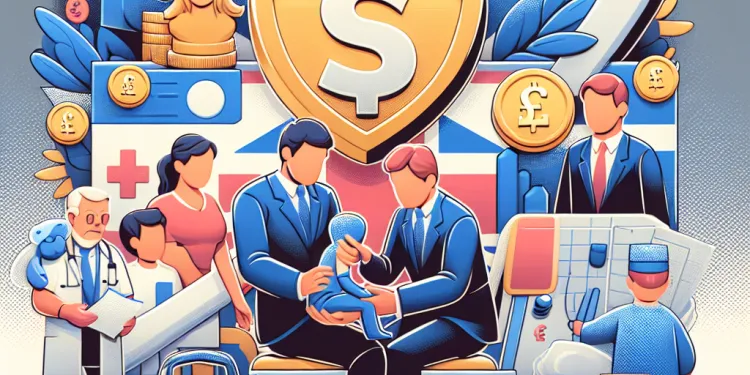
Find Help
More Items From Ergsy search
-
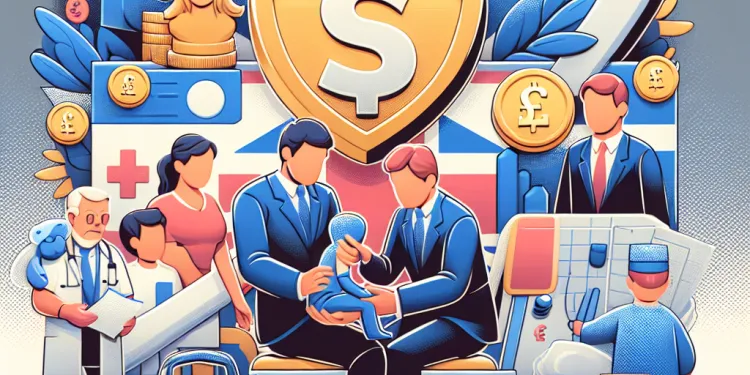
What age is appropriate to start learning first aid?
Relevance: 100%
-

Where can I learn First Aid?
Relevance: 88%
-
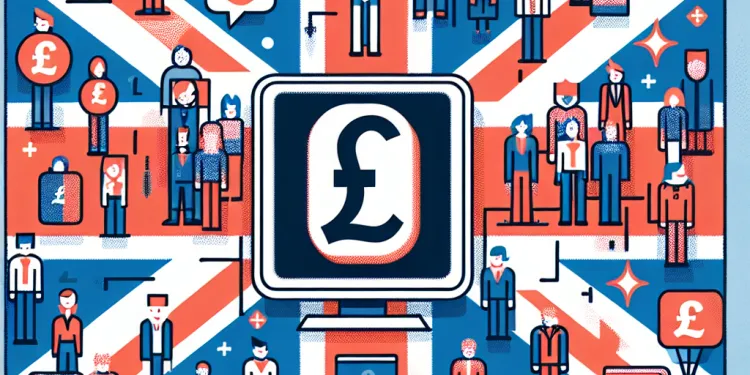
Can I learn first aid as a group?
Relevance: 86%
-
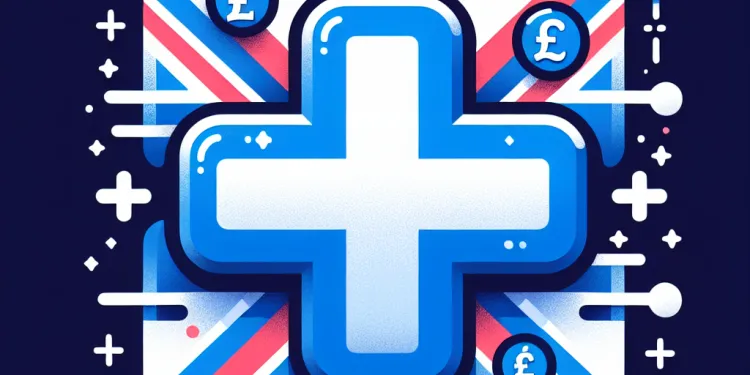
Are there free resources for learning first aid?
Relevance: 85%
-
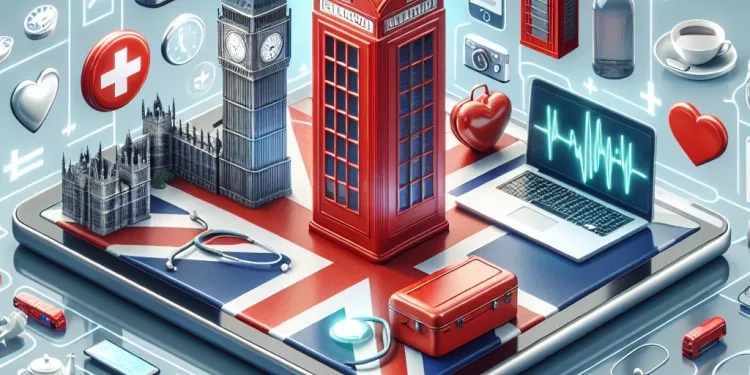
Where can I learn first aid online?
Relevance: 82%
-
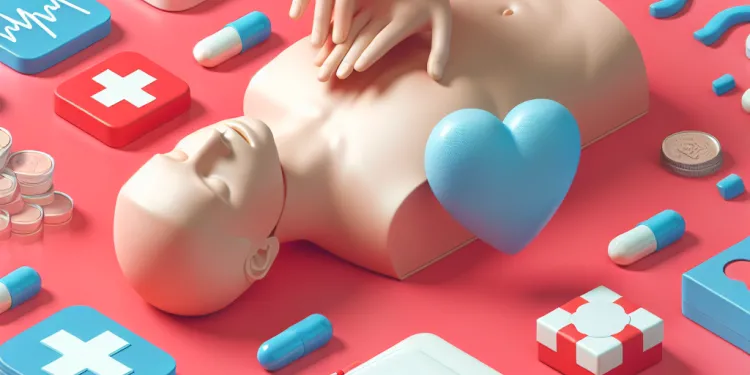
How important is it to learn CPR along with first aid?
Relevance: 78%
-
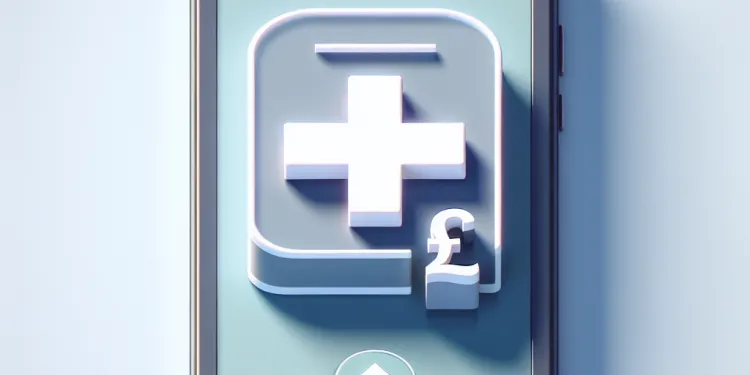
Are there mobile apps that teach first aid?
Relevance: 65%
-
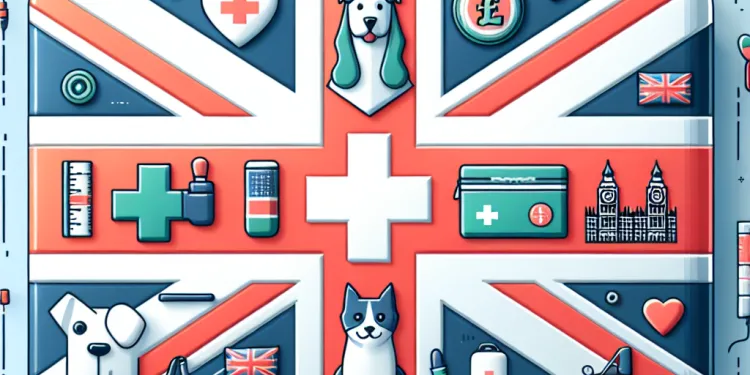
Are there first aid courses for pets?
Relevance: 63%
-

How can I practice first aid skills effectively?
Relevance: 62%
-

What topics are covered in a first aid course?
Relevance: 59%
-
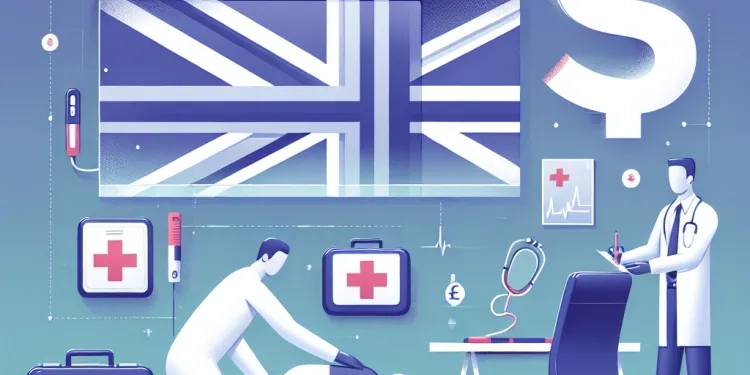
Can I take first aid courses in person?
Relevance: 57%
-
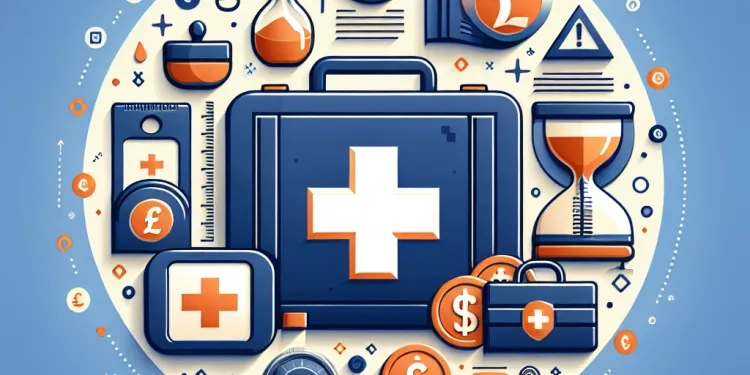
Do first aid certifications expire?
Relevance: 57%
-
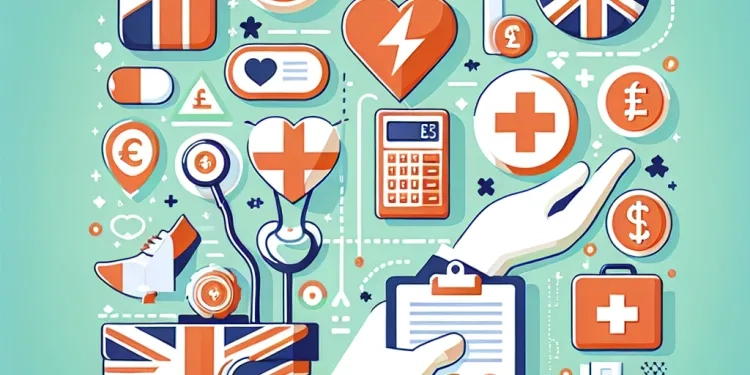
What is the best first aid certification to obtain?
Relevance: 56%
-

Do I need to bring anything to a first aid course?
Relevance: 56%
-
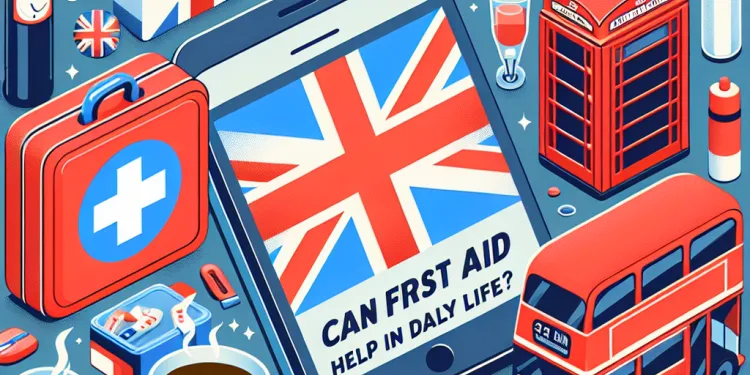
Can first aid skills help in daily life?
Relevance: 55%
-
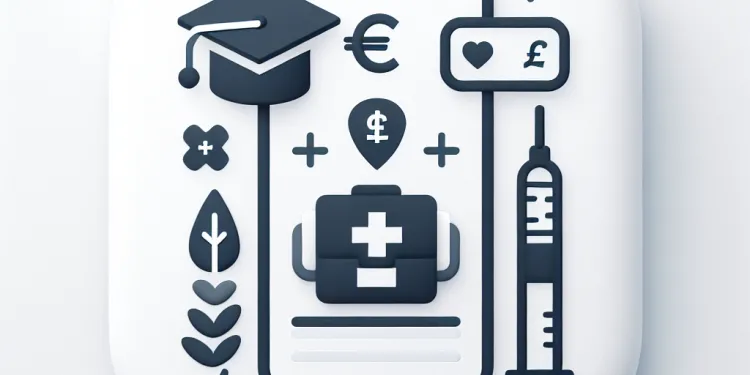
Can first aid courses be applied for college credit?
Relevance: 54%
-
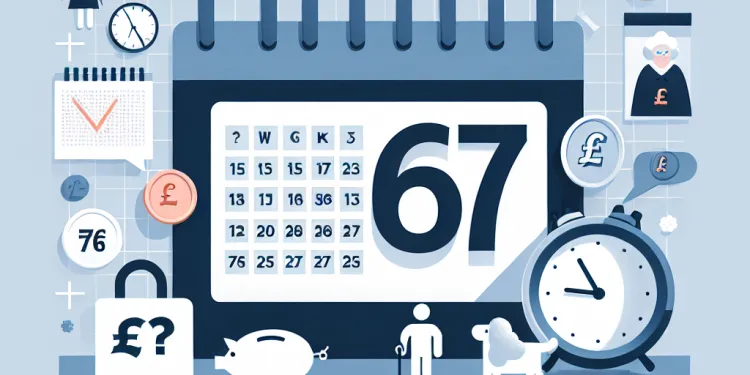
What age group will first see the state pension age at 67?
Relevance: 44%
-
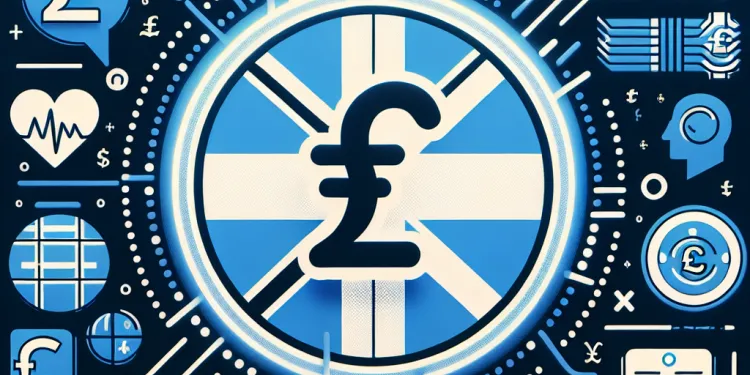
What language options are available for first aid courses?
Relevance: 42%
-

Are there specific first aid courses for different professions?
Relevance: 40%
-
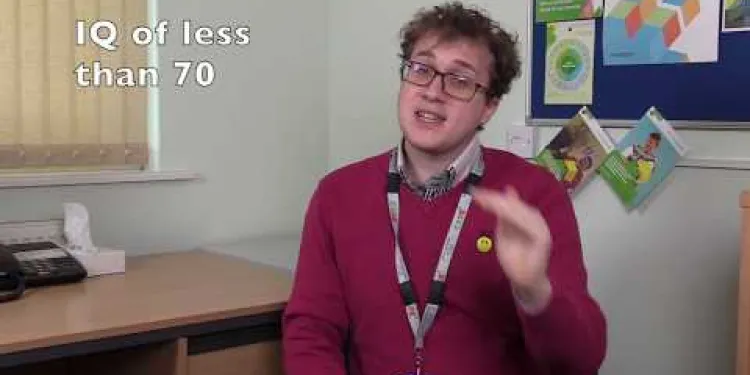
What is a learning disability?
Relevance: 36%
-
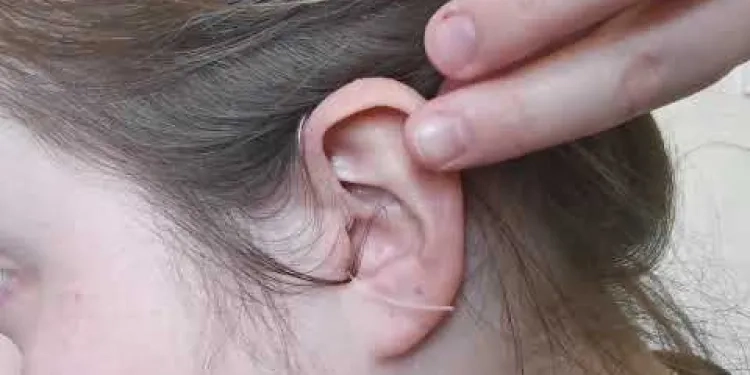
How to insert your hearing aid
Relevance: 34%
-
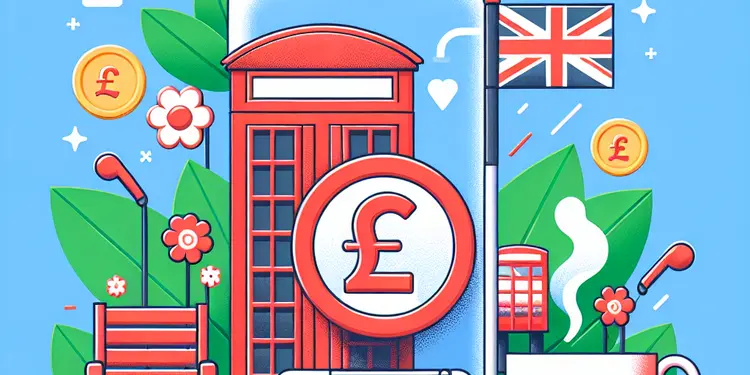
Can learning a new skill be considered a hobby for older adults?
Relevance: 33%
-

What is AIDS?
Relevance: 33%
-

Is it important to renew my first aid certification?
Relevance: 33%
-
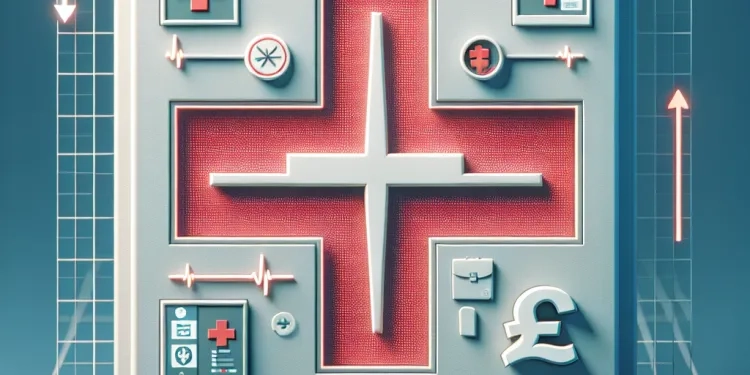
Are there online simulations for practicing first aid?
Relevance: 33%
-
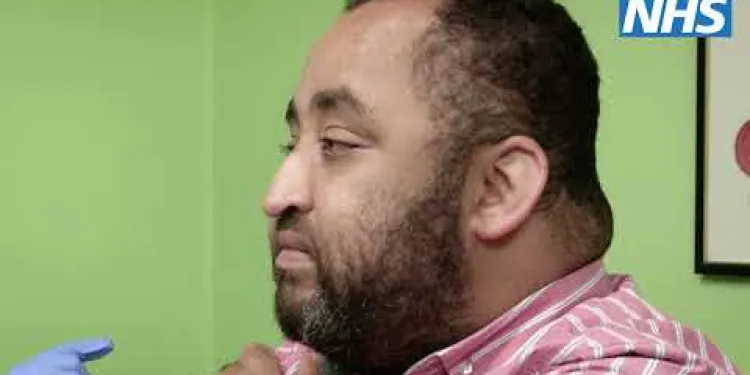
Flu vaccinations for people with a learning disability
Relevance: 32%
-
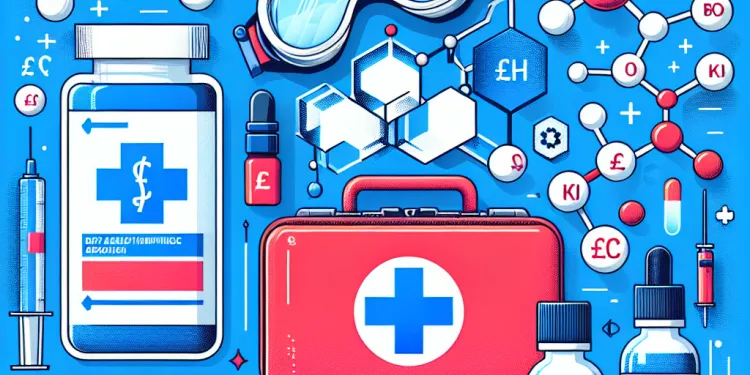
What first aid measures can be taken in case of methanol exposure?
Relevance: 31%
-
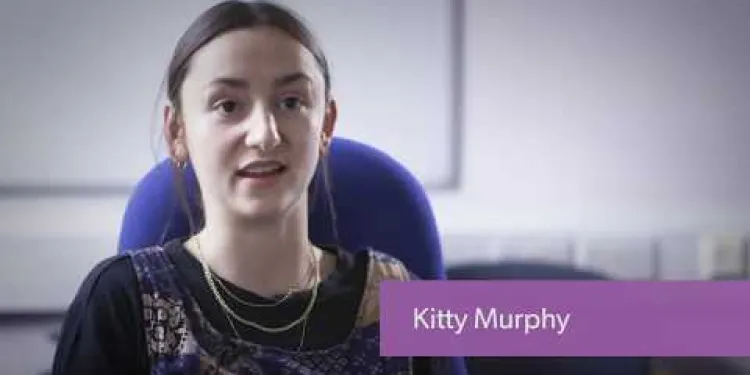
SLaM's Suicide Prevention, Learning and Support Strategy
Relevance: 31%
-
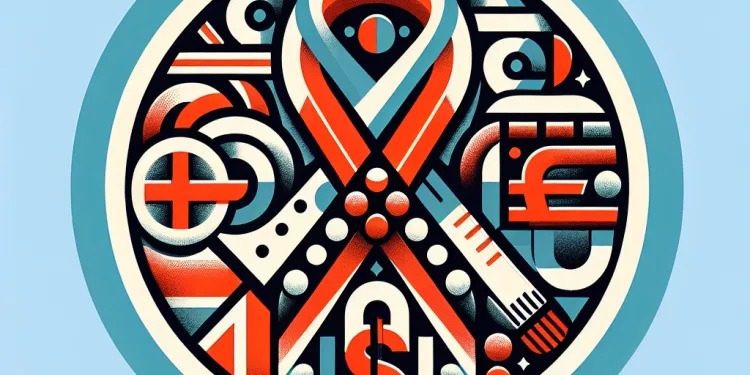
What is HIV / AIDS?
Relevance: 31%
-
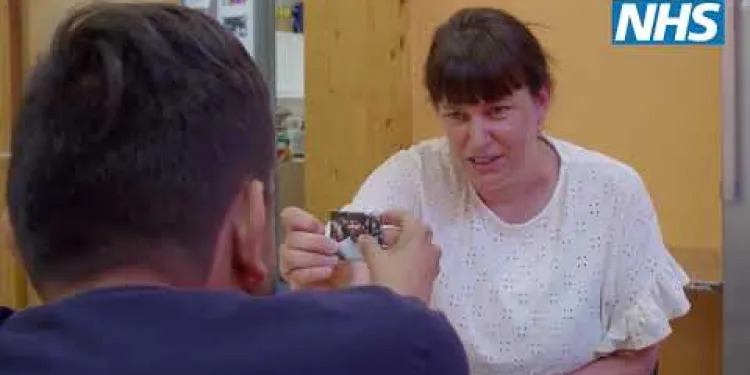
Use of reasonable adjustments to reduce health inequalities for people with a learning disability
Relevance: 31%
-
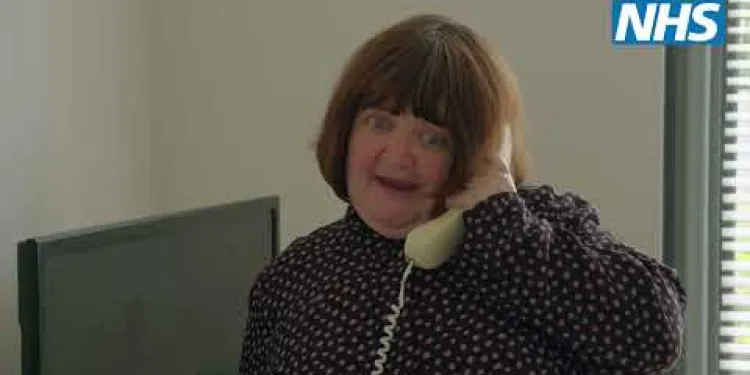
Accessing cervical screening with the right support for people with a learning disability
Relevance: 30%
-
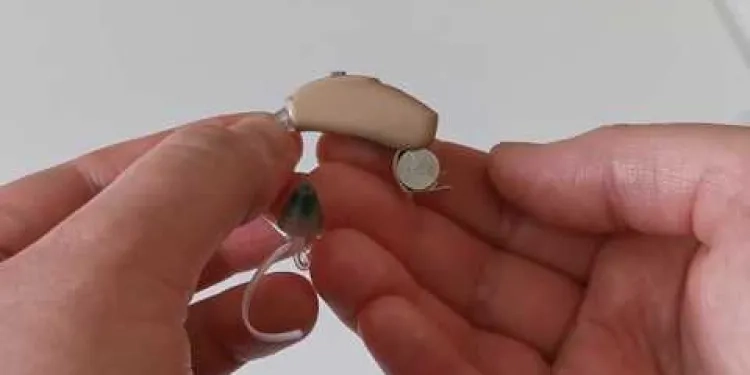
How to turn your hearing aids on and off
Relevance: 30%
-
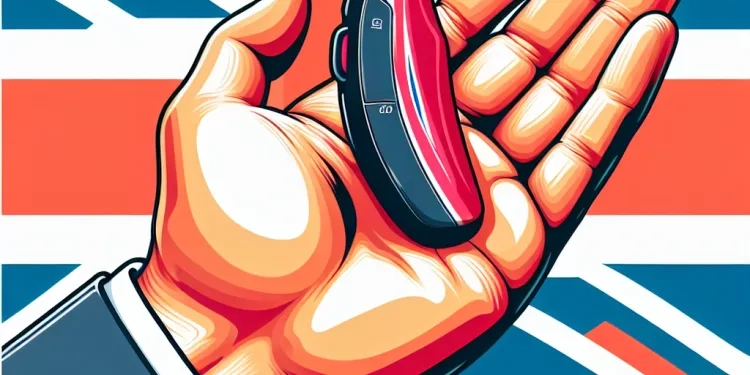
Showing you around your hearing aid
Relevance: 30%
-
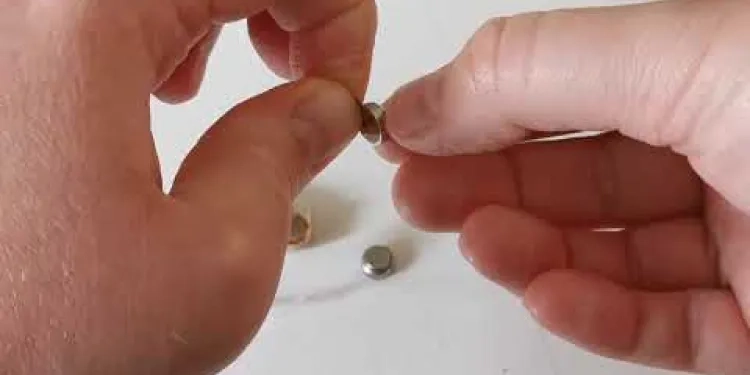
How to change your hearing aid battery
Relevance: 29%
-

The NHS Long Term Plan for learning disability and autism
Relevance: 29%
-
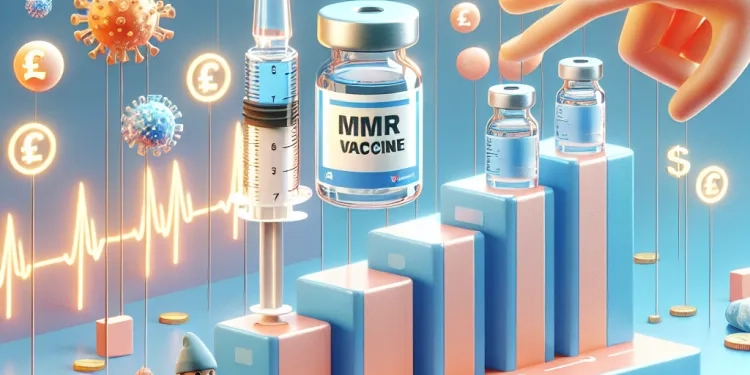
At what age is the MMR vaccine given in the UK?
Relevance: 29%
-
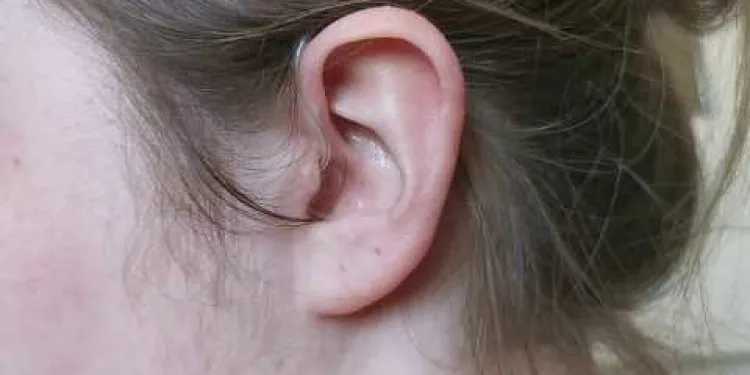
How to remove your hearing aid
Relevance: 29%
-
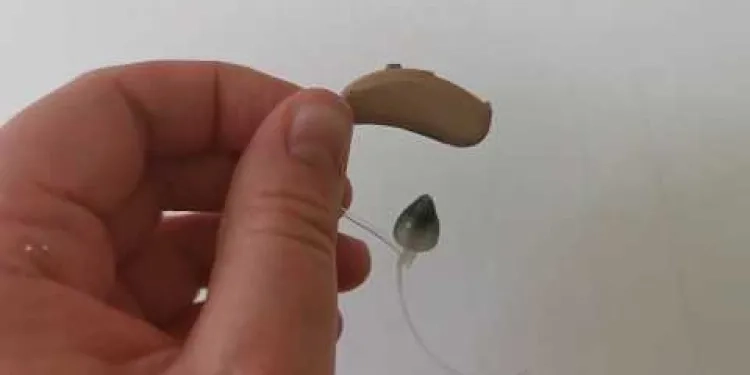
How to clean your hearing aid
Relevance: 29%
-
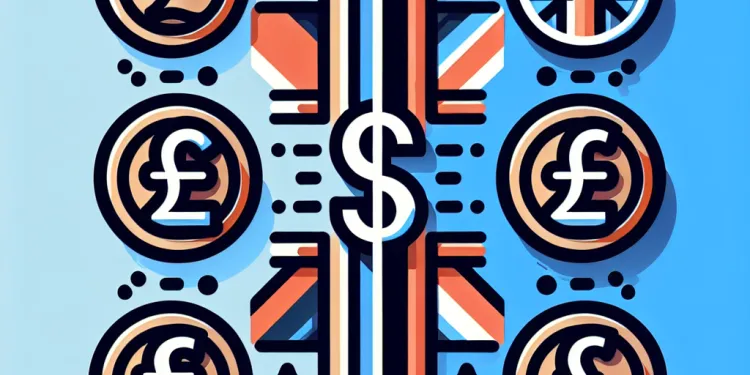
What is the difference between HIV and AIDS?
Relevance: 29%
-
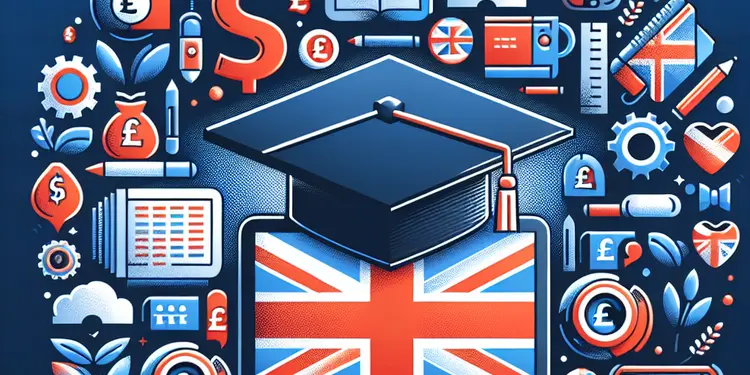
Are there financial aids available for further education?
Relevance: 29%
Introduction to First Aid Learning
First aid is a crucial skill that can make a significant difference in emergency situations. Understanding the appropriate age to start learning first aid is important to ensure that individuals can effectively apply the knowledge when required. In the UK, first aid training is accessible to various age groups, and introducing it at the right time can promote confidence and preparedness.
Early Introduction: Ages 4-7
Children as young as four years old can begin to learn basic first aid concepts. At this age, the focus is on familiarising them with emergency numbers such as 999 and teaching them about the importance of seeking help from adults. Simple skills like applying plasters and recognising safe and dangerous situations can be introduced. Creative methods such as storytelling, games, and role-playing are effective for engaging young children and ensuring they understand basic concepts in a safe environment.
Developing Skills: Ages 8-12
Between the ages of eight and twelve, children are typically ready to learn more advanced first aid skills. This age group can handle breathing exercises, treating minor burns, and understanding the basics of CPR (though not performing full CPR). At this stage, they should be able to recognise more complex emergency scenarios and understand the importance of staying calm and providing reassurance while waiting for professional help. Schools and youth groups, such as Scouts, often incorporate structured first aid training tailored for this age range.
Adolescents: Ages 13-16
Teenagers are capable of learning more comprehensive first aid procedures, including full CPR training, the use of automated external defibrillators (AEDs), and responding to choking incidents. Adolescents benefit from being taught in a manner that highlights the importance of quick response times and builds their confidence in handling real-life emergencies. National programmes, such as those provided by the British Red Cross and St. John Ambulance, offer courses specifically designed for teenagers, equipping them with life-saving skills.
Young Adults and Beyond: 17+
The age of seventeen and beyond is often when individuals seek formal first aid certification. At this age, many are entering the workforce or further education where official certification can be advantageous. Training for young adults and adults typically includes comprehensive modules on managing a range of emergencies, advanced CPR techniques, and first aid scenarios in different environments such as the workplace and community. Empowering individuals with this knowledge can greatly enhance public safety.
Conclusion
Determining the appropriate age to start learning first aid is dependent on the individual’s maturity and capacity to understand and apply the information. In the UK, there is strong support for incorporating first aid education across various age groups. By fostering these skills from an early age and building on them as children grow, society can be better equipped to handle emergencies efficiently and effectively.
Introduction to First Aid Learning
First aid is a very useful skill. It helps in emergencies. Knowing when to start learning first aid is important. In the UK, people of different ages can learn it. Learning first aid early helps you be ready and feel confident.
Early Introduction: Ages 4-7
Kids can start learning first aid when they are four years old. At this age, they learn about calling emergency numbers like 999. They also learn to ask adults for help. Kids can learn to put on plasters and spot safe and dangerous situations. Fun activities like stories, games, and acting help kids learn these skills in a safe way.
Developing Skills: Ages 8-12
Kids ages eight to twelve can learn more about first aid. They learn about breathing exercises, treating small burns, and basic CPR (not full CPR). They learn to stay calm in emergencies and wait for adults to help. Schools and groups like Scouts teach first aid to this age group.
Adolescents: Ages 13-16
Teenagers can learn even more first aid skills. They can learn full CPR, how to use defibrillators (AEDs), and help someone who is choking. Teens learn how important it is to act quickly. Groups like the British Red Cross and St. John Ambulance have courses for teenagers to learn these important skills.
Young Adults and Beyond: 17+
People aged seventeen and older can get a first aid certificate. Many need this for work or further education. They learn to handle many emergencies and advanced CPR. This helps in places like work or the community. Learning first aid can make everyone safer.
Conclusion
Picking the right age to start learning first aid depends on how mature someone is and what they can understand. In the UK, many people support teaching first aid to all ages. Learning these skills early and building on them helps everyone to be better prepared in emergencies.
Frequently Asked Questions
What is the ideal age to start learning first aid?
Children can start learning basic first aid concepts around the age of 5 to 7 years.
Why should children learn first aid at a young age?
Teaching children first aid at a young age prepares them to handle emergencies and promotes safety awareness.
Can a 5-year-old understand first aid concepts?
Yes, a 5-year-old can grasp simple first aid concepts like calling for help and applying a bandage.
What are the first aid skills appropriate for young children?
Basic skills include calling emergency services, bandaging simple cuts, and recognizing when to seek help.
Is CPR training recommended for young children?
CPR training is typically recommended for children aged 9 and above when they can comprehend and physically perform the techniques.
What is one of the first things children should learn in first aid?
One of the first skills is how to call emergency services and provide basic information.
Do schools offer first aid training for children?
Many schools incorporate basic first aid training in their curriculum, especially for older children.
What role do parents play in teaching first aid to their children?
Parents should reinforce first aid skills learned at school and practice scenarios at home with their children.
At what age can children effectively learn CPR?
Children around the age of 9 and older can start to learn CPR effectively.
Should first aid training be different for children compared to adults?
Yes, first aid training for children should be simplified to ensure understanding and retention.
How can first aid training be made engaging for young children?
Using games, songs, and role-play scenarios can make first aid training engaging for children.
Can teenagers take a full first aid certification course?
Yes, teenagers are often able to take full certification courses, especially those aged 12 and above.
What is a critical first aid concept for children to understand?
Understanding how to assess the situation and ensure safety before helping is a critical concept.
Are there specific first aid courses designed for children?
Yes, there are courses tailored to children that cover age-appropriate skills in an engaging format.
How can technology aid in teaching first aid to children?
Apps and online resources can provide interactive first aid learning experiences for children.
Why is it important for teenagers to learn first aid?
Teenagers are likely to encounter situations where first aid skills can be crucial and lifesaving.
How do cultural differences impact the age for learning first aid?
Cultural attitudes towards safety and education can impact when and how first aid is taught to children.
Is there a legal minimum age for first aid training?
There is generally no legal minimum age, but guidelines suggest age-appropriate training starts around 5 to 7 years.
Can first aid skills learned in childhood be retained into adulthood?
Basic skills learned early can form a foundation, but regular practice and updates are important for retention.
How often should first aid training be refreshed for children?
Children should have regular refreshers, ideally every year, to keep their skills sharp and relevant.
What is the best age to learn first aid?
First aid means helping someone who is hurt or sick. You can start learning first aid when you are about 8 years old.
Learning first aid is important. It helps you feel ready to help others.
Here are some ways to learn first aid:
- Ask grown-ups to teach you.
- Watch videos made for kids.
- Join a first aid class for children.
Learning first aid can be fun and helpful!
Kids can start learning simple first aid when they are 5 to 7 years old.
Why should kids learn first aid early?
Learning first aid is about helping people when they get hurt. It is good for kids to know how to help. They can learn what to do if someone is hurt. This makes them feel brave and useful.
Kids can learn first aid in fun and simple ways. They can use dolls or toys to practice. There are also videos and games that show how to help safely.
When kids know first aid, they can help family and friends. They will also feel proud and confident. It is a good skill for everyone to have.
Teaching kids first aid when they are young helps them know what to do in an emergency. It also helps them learn about being safe.
Helpful Tools:
- Simple Books: Use books with pictures and easy words about first aid.
- Videos: Watch short videos that show how to help someone who is hurt.
- Practice: Pretend to help a doll or toy that is hurt. This helps kids learn what to do.
- Ask Questions: Encourage kids to ask questions if they don't understand.
Can a 5-year-old learn about first aid?
First aid means helping someone when they are hurt. A 5-year-old can learn simple things. They can learn to call for help. They can learn to tell an adult if someone is hurt.
Here are some ways to help them:
- Use pictures to show what to do.
- Practice with them using toys.
- Use simple words they know.
Always make sure an adult is there to help them.
Yes, a 5-year-old can learn some simple first aid. They can call for help and put on a bandage.
What first aid can kids use?
Basic skills are things like calling for help, putting a bandage on small cuts, and knowing when you need to ask others for help.
Should young children learn CPR?
CPR is how we help someone who isn't breathing. It's when you push on their chest to help their heart. It's good for older kids and grown-ups to know CPR. But is it good for young children to learn?
Young kids can learn some CPR steps with help from adults. They can know how to call for help and push on the chest carefully.
Helpful Tools:
- Pick simple CPR classes made for kids.
- Use videos or pictures to show how CPR works.
- Practice with a grown-up or teacher.
Kids who are 9 years old and older can start learning CPR. At this age, they can understand and do CPR.
What should kids learn first about first aid?
The first thing to learn is how to call for help in an emergency. You should know how to tell them what's wrong.
Do schools teach first aid to kids?
Sometimes schools teach kids first aid. First aid means knowing what to do if someone gets hurt.
If you want to know if your school does this, you can:
- Ask your teacher.
- Ask your parent to talk to the school.
Some tips to learn first aid:
- Watch simple videos online with an adult.
- Read books about first aid that are easy to read.
Lots of schools teach simple first aid to kids, especially older ones. Learning this can help you help people if they get hurt.
How can parents help teach first aid to their kids?
Parents can show kids how to help someone who is hurt. They can teach simple things like putting on a bandage. Make learning fun by playing games.
Use pictures and videos to explain. Practice first aid together. Encourage questions and be patient.
Parents can get helpful tools like first aid kits for practice. It's good to talk about when to call an adult or emergency services.
Mums and dads can help kids remember first aid by practicing at home. This helps them know what to do in an emergency.
How old should kids be to learn CPR?
Kids can learn CPR when they are around 9 or 10 years old. They might need some help to practice. Using videos or games can make learning easier and more fun. Show kids how to push on someone's chest and call for help if needed. Doing this in a class with a teacher is a good idea.
Kids who are 9 years old and older can start to learn CPR.
Should children learn first aid in a different way than adults?
First aid helps people when they are hurt or sick. But teaching children might need to be different because they are younger. Children might need simpler words and easy steps to understand.
Activities like games or fun videos can help kids learn better. Adults might do well with detailed lessons, but kids need things that are fun and easy to follow.
If a child is learning first aid, it is important they feel safe and confident. They might use dolls or toys to practice helping someone.
There are also tools like picture books or apps that can help kids learn first aid at home.
Yes, first aid training for kids should be made simpler so they can understand and remember better.
How can we make first aid lessons fun for kids?
Here are some ideas to make learning first aid fun and easy for children:
- Play Games: Use simple games to teach first aid skills. This makes it fun and helps kids remember.
- Use Videos: Show short, fun videos about first aid. Kids like watching stories.
- Practice With Toys: Let kids use dolls or stuffed toys to practice things like putting on bandages.
- Be Creative: Let them draw or color pictures of what they learn. It helps them think and be creative.
- Tell Stories: Share stories where kids are heroes with their skills. It encourages them.
These tips can make learning first aid interesting and easier for children.
Playing games, singing songs, and acting out little stories can make learning first aid fun for kids.
Can teenagers learn first aid?
Yes, teenagers can learn how to do first aid. This means they can help people if they get hurt or sick.
There are courses for teenagers to learn first aid. In these courses, they watch videos and practice with teachers. This helps them know what to do in an emergency.
Some teenagers might find it easier to learn by using pictures or simple guides. Apps and websites with videos can also help. It's a good idea to learn with a friend or ask an adult to help if needed.
Yes, teenagers who are 12 years old or older can often take full courses to get a certificate.
What is an important first aid idea for kids to know?
First aid helps hurt people feel better. It's good to know how to help if someone gets hurt. This might mean putting a band-aid on a cut or calling an adult for help.
Kids can remember important things by learning simple steps and asking for help when needed. Practicing with a first aid kit can be helpful.
It is important to know how to look at what is happening and make things safe before helping. This is a key idea.
Can kids take special first aid courses?
Yes, there are courses made just for kids. These courses teach skills that are right for their age and make learning fun!
How can technology help teach first aid to kids?
There are apps and websites that help kids learn first aid in fun and easy ways.
Why should teenagers learn first aid?
Learning first aid is very important for teenagers. Here are some reasons why:
- First aid helps save lives. If someone is hurt, teenagers can help them until a grown-up or doctor arrives.
- It makes teenagers feel more brave and ready if an accident happens.
- Learning first aid helps teenagers take care of themselves and others.
Here are some tools and tips to help:
- Join a first aid class for teenagers. It makes learning more fun.
- Watch videos that show how to do first aid. It can help you see what to do.
- Practice with friends or family. This helps you remember what to do.
Teenagers often find themselves in places where knowing first aid can help save a life.
How does culture change when kids learn first aid?
How people feel about safety and learning can change when and how kids learn first aid.
What is the youngest age for learning first aid?
Can kids learn first aid? Is there an age limit?
If you want to learn first aid, ask an adult for help.
Things like picture guides can make learning easier!
There is usually no law about the youngest age. But, people think it's good to start learning at age 5, 6, or 7.
Can you remember first aid skills you learned as a child when you are an adult?
First aid skills are important. They can help you take care of someone who is hurt. But can kids remember these skills when they grow up?
Learning first aid as a child is like planting a seed. With practice, this seed can grow and stay with you. Here are some tips to help remember:
- Practice often. Try to help others in pretend situations.
- Use videos and pictures to see how first aid is done.
- Ask for help from a grown-up or a teacher when learning.
Tools like videos and apps can help make learning fun and easier to remember.
Learning simple skills at the start can help us learn more later. But, we need to practice often and keep learning new things so we don't forget what we know.
How often should kids learn first aid again?
It's good for kids to learn first aid every year. This helps them remember what to do in an emergency.
Practice with games or role-playing can make learning fun. Watching simple videos about first aid can help too.
Kids should practice every year. This helps them stay good at what they do.
Useful Links
- Ergsy carfully checks the information in the videos we provide here.
- Videos shown by Youtube after a video has completed, have NOT been reviewed by ERGSY.
- To view, click the arrow in centre of video.
- Most of the videos you find here will have subtitles and/or closed captions available.
- You may need to turn these on, and choose your preferred language.
- Go to the video you'd like to watch.
- If closed captions (CC) are available, settings will be visible on the bottom right of the video player.
- To turn on Captions, click settings .
- To turn off Captions, click settings again.
More Items From Ergsy search
-

What age is appropriate to start learning first aid?
Relevance: 100%
-

Where can I learn First Aid?
Relevance: 88%
-

Can I learn first aid as a group?
Relevance: 86%
-

Are there free resources for learning first aid?
Relevance: 85%
-

Where can I learn first aid online?
Relevance: 82%
-

How important is it to learn CPR along with first aid?
Relevance: 78%
-

Are there mobile apps that teach first aid?
Relevance: 65%
-

Are there first aid courses for pets?
Relevance: 63%
-

How can I practice first aid skills effectively?
Relevance: 62%
-

What topics are covered in a first aid course?
Relevance: 59%
-

Can I take first aid courses in person?
Relevance: 57%
-

Do first aid certifications expire?
Relevance: 57%
-

What is the best first aid certification to obtain?
Relevance: 56%
-

Do I need to bring anything to a first aid course?
Relevance: 56%
-

Can first aid skills help in daily life?
Relevance: 55%
-

Can first aid courses be applied for college credit?
Relevance: 54%
-

What age group will first see the state pension age at 67?
Relevance: 44%
-

What language options are available for first aid courses?
Relevance: 42%
-

Are there specific first aid courses for different professions?
Relevance: 40%
-

What is a learning disability?
Relevance: 36%
-

How to insert your hearing aid
Relevance: 34%
-

Can learning a new skill be considered a hobby for older adults?
Relevance: 33%
-

What is AIDS?
Relevance: 33%
-

Is it important to renew my first aid certification?
Relevance: 33%
-

Are there online simulations for practicing first aid?
Relevance: 33%
-

Flu vaccinations for people with a learning disability
Relevance: 32%
-

What first aid measures can be taken in case of methanol exposure?
Relevance: 31%
-

SLaM's Suicide Prevention, Learning and Support Strategy
Relevance: 31%
-

What is HIV / AIDS?
Relevance: 31%
-

Use of reasonable adjustments to reduce health inequalities for people with a learning disability
Relevance: 31%
-

Accessing cervical screening with the right support for people with a learning disability
Relevance: 30%
-

How to turn your hearing aids on and off
Relevance: 30%
-

Showing you around your hearing aid
Relevance: 30%
-

How to change your hearing aid battery
Relevance: 29%
-

The NHS Long Term Plan for learning disability and autism
Relevance: 29%
-

At what age is the MMR vaccine given in the UK?
Relevance: 29%
-

How to remove your hearing aid
Relevance: 29%
-

How to clean your hearing aid
Relevance: 29%
-

What is the difference between HIV and AIDS?
Relevance: 29%
-

Are there financial aids available for further education?
Relevance: 29%